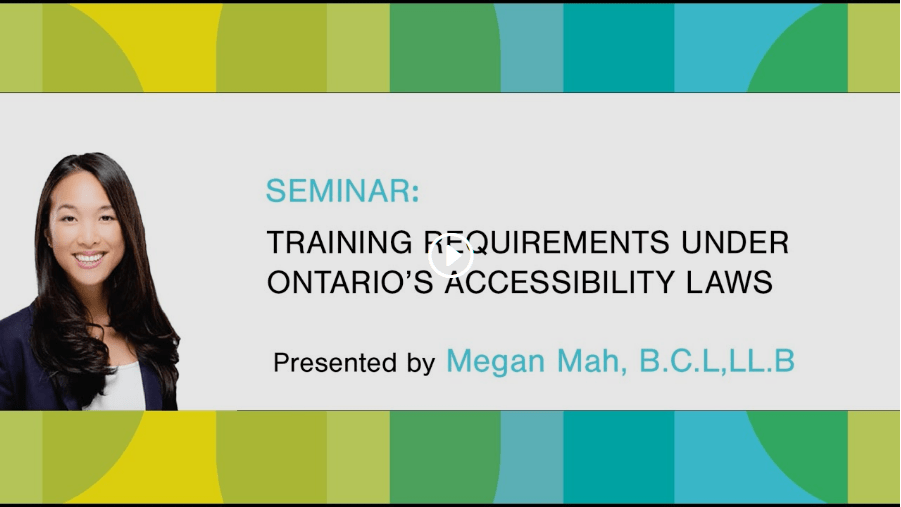New Text with 9-1-1 Service Increases Safety for Deaf, Hard of Hearing and Speech Impaired Canadians
By Ashlee Smith
About the Author
Ashlee Smith is the manager of communications with the Canadian Wireless Telecommunications Association
(CWTA). The Ottawa-based group is the authority wireless issues, trends and developments in Canada. Ms. Smith can be reached at asmith@cwta.ca.
Very few people could have predicted a decade ago how dramatically the power of wireless would totally transform the lives of Canadians – not only in how we communicate with each other – but in almost every aspect of our day-to-day lives in the home, in the workplace and anywhere and anytime in between.
The speed at which wireless technology has evolved is truly incredible. Every day, it seems there are new advances that are reshaping our world for the better.
The days of the cell phone that just simply made phone calls are long gone. In addition to sending text messages and e-mails and browsing the Internet at lightning fast speeds, we can do things like monitor our homes and provide critical medical information to our doctors directly from our smartphones.
Canada now has well over 28 million wireless subscribers. This number is staggering considering just 10 years ago there were only 13 million users. And, Canada has some of the fastest, most advanced wireless networks on the planet, and we are among the fastest adopters of the latest and greatest smartphones in the world.
But beyond calling, texting and watching videos, wireless is also quickly becoming a game changer for those in vulnerable communities. A new text messaging based wireless service is connecting those in the deaf, deafened, hard of hearing or speech impaired (DHHSI) communities to emergency services in Canada.
Text with 9-1-1, or commonly referred to as T9-1-1, provides 9-1-1 call centres with the ability to converse with a DHHSI person during an emergency, using text messaging. When a DHHSI person requires 9-1-1 services, they dial 9-1-1 on their cell phone. There is no need for a caller to speak or hear, as the 9-1-1 call taker will normally receive an indicator from registered users that tells them to communicate with the caller via text messaging. The 9-1-1 call taker then initiates a text message conversation with the caller to address the emergency.
This unique Canadian solution was developed by the CRTC Interconnection Steering Committee (CISC) Emergency Services Working Group (ESWG), comprised of members from emergency services, telecommunications service providers, vendors and other stakeholders. After examining the ways in which emergency services could be more readily access by those in the DHHSI community, T9-1-1 was put to the test in 2012 in Vancouver, Toronto, the Peel Region, and Montreal.
The results of these trials showed that while limitations exist with the service, it would be a dramatic improvement to the current system. Since that time, wireless carriers across the country have completed all of the required network upgrades to implement T9-1-1. However, before the T9-1-1 service can be made available to DHHSI cell phone users, 9-1-1 call centres must also complete technology upgrades as well.
All members of the DHHSI community across Canada can start to register for the service, even though the service is not yet available nation-wide. National registration allows those who need it to utilize the service only when they are within a specific region that has deployed T9-1-1.
At this time, the T9-1-1 service is only available in Metro Vancouver, the City of Calgary, and the Peel Region. The service will be implemented by 9-1-1 call centres in different municipalities or regions at different time periods over the next several years. DHHSI citizens should check the new www.Textwith911.ca Web site frequently to see which new areas or regions have rolled out the service.
Those who wish to register for the service must do so through their wireless service provider. Without taking this crucial step, important information may not be relayed to the user such as checking to make sure that the user’s device is compatible with the service. Some devices are not able to make a voice call and send and received text messages simultaneously, so it is critical to double check this when registering for the service. Links to the wireless service provider’s Web sites are also available at www.Textwith911.ca.
This service is an exciting step in the right direction in ensuring that all Canadians will have access to lifesaving emergency services. However, as with any new technology, limitations do exist. For example, no text messaging service can guarantee that a message will be sent or received in a timely manner.
Additionally, mobile devices are, well, mobile, and staying within the footprint of a service area may also present challenges for those who utilize the service. Also, voice calling remains the only way to communicate with 9-1-1 services for a person that is not deaf, deafened, hard of hearing, or have speech impairment. Text messages sent directly to the digits “9-1-1” do not reach emergency services. Text with 9-1-1 for the public at large is expected to be deployed at a later date.
We must keep in mind that when 9-1-1 first became available for Canadians last century, the concept of a cellular phone, let alone text messaging, was something out of science-fiction. 9-1-1 was not created in such a way that combining this type of sophisticated technology with emergency services would be easy nor that it would be seamless. The goal for Text with 9-1-1 for now is to do a better job at connecting vulnerable Canadians than ever before.


